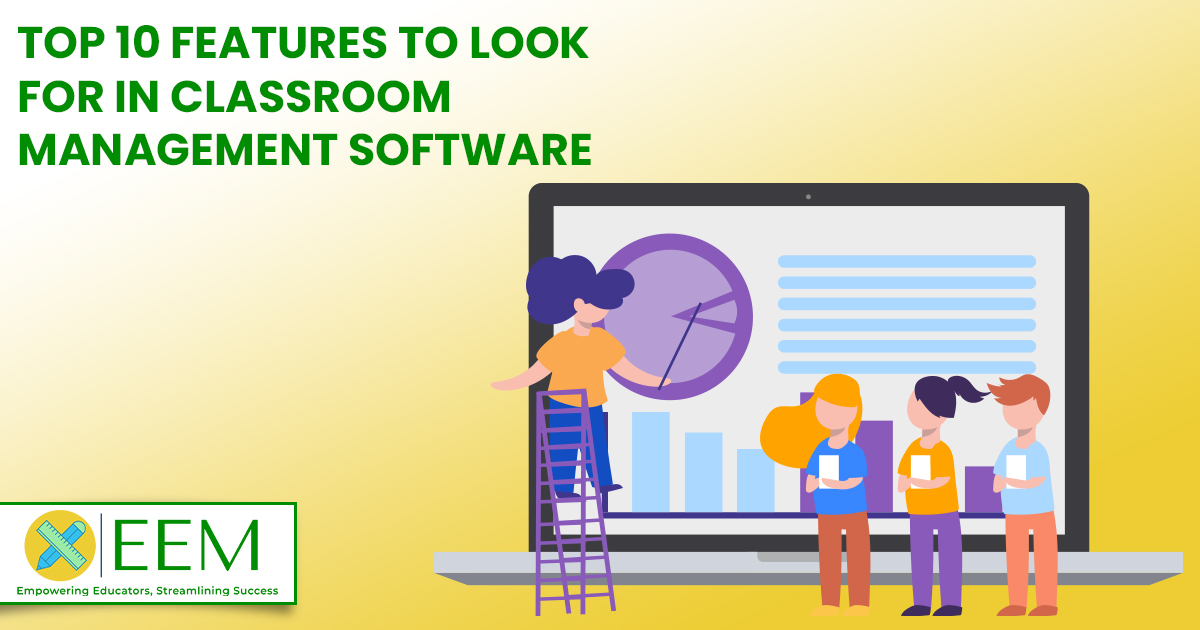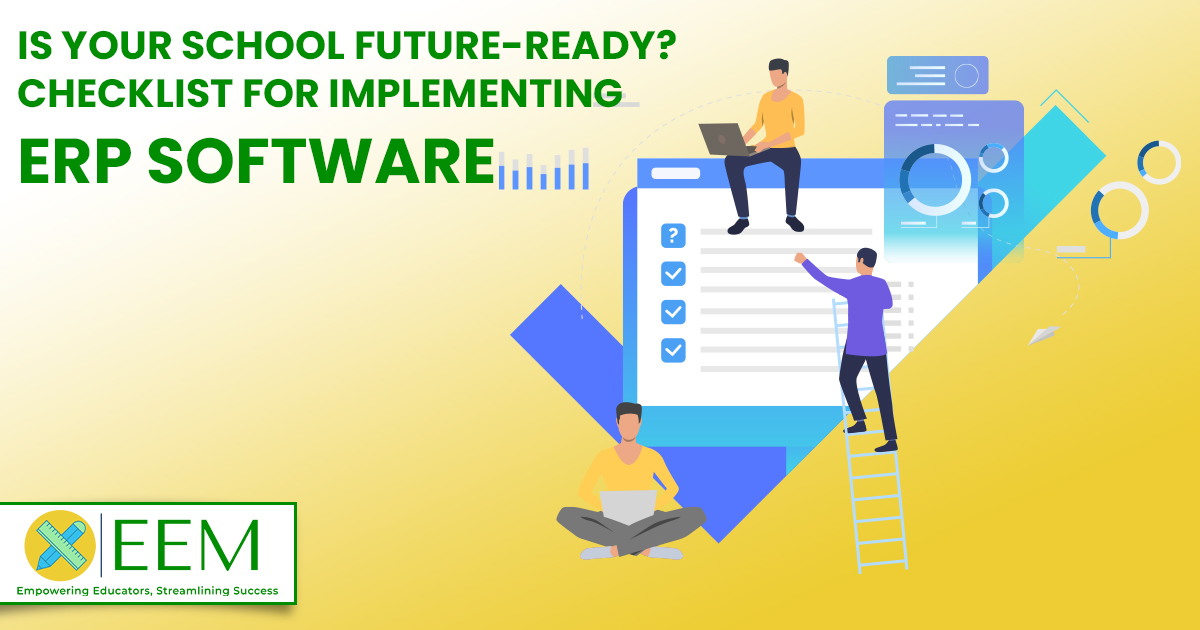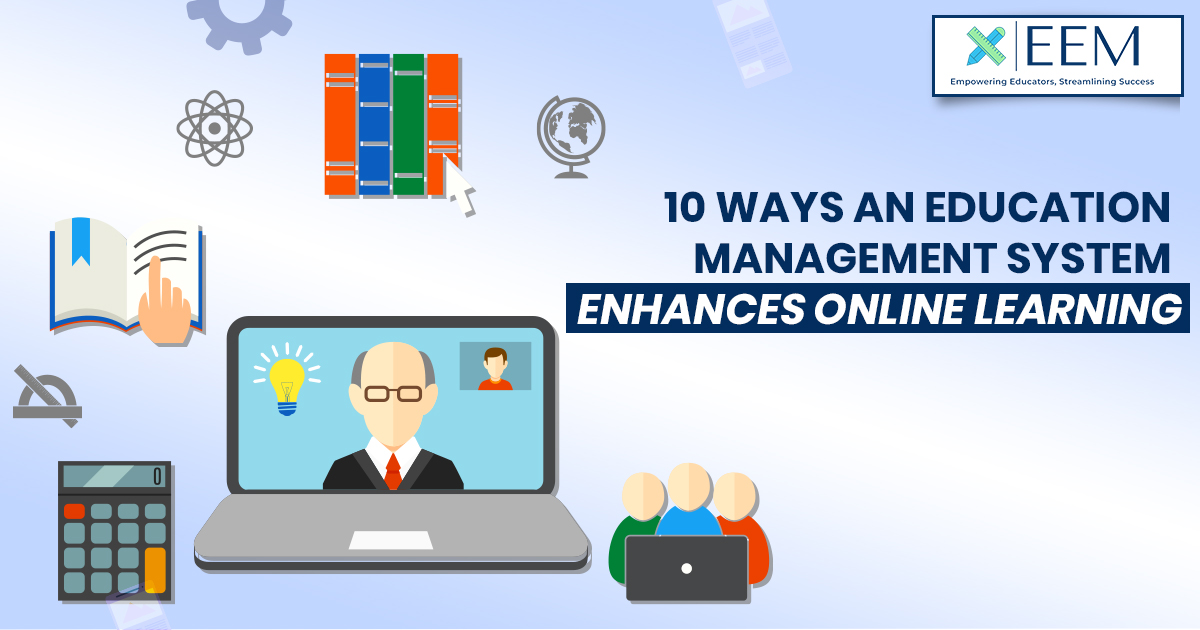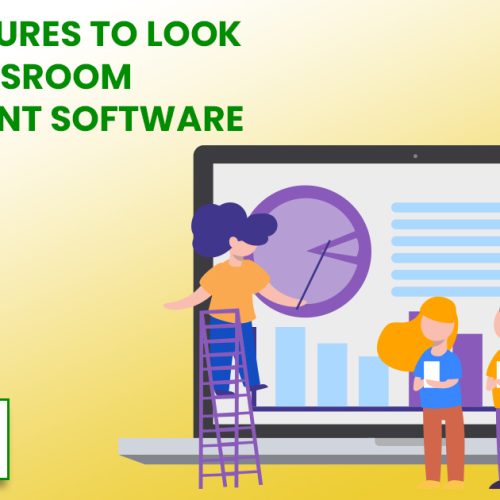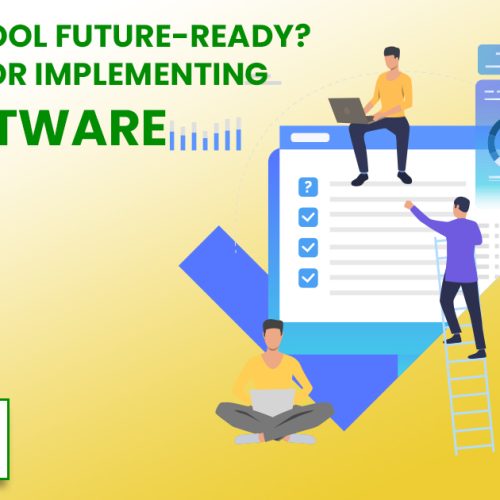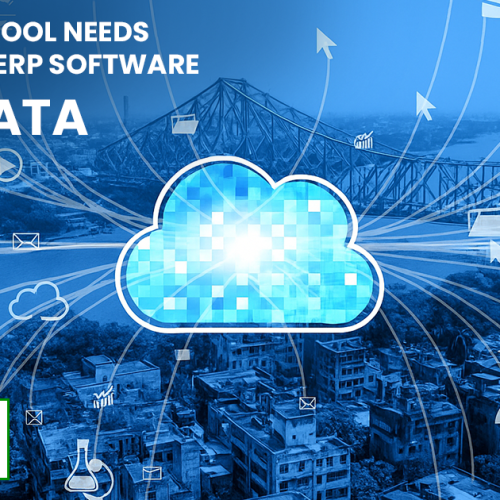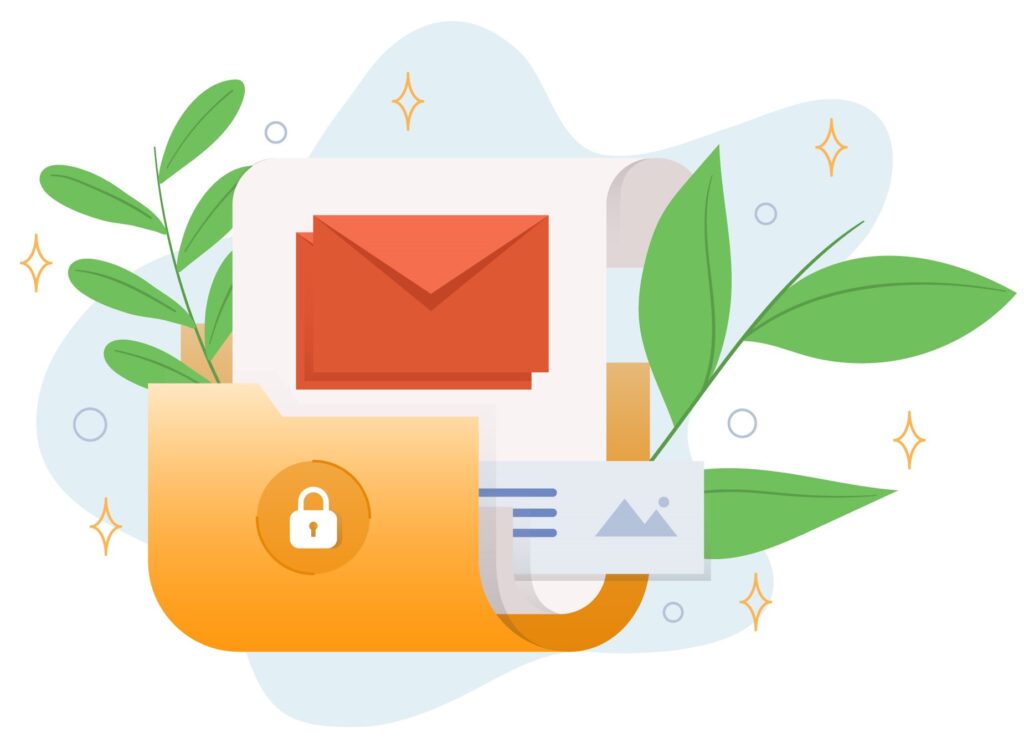Online learning is no longer a luxury; it’s a necessity. Educational institutions, from schools to universities, are increasingly adopting digital tools to create flexible, accessible, and effective learning environments. One of the key tools making this transformation possible is the Education Management System (EMS). When implemented correctly, it becomes the backbone of a successful online learning ecosystem.
Here are 10 ways an Education Management System enhances the quality and experience of online learning:
1. Centralized Access to Learning Resources
An EMS provides a single platform where students can access course materials, lecture notes, video content, and digital libraries. This organized structure saves time and ensures that students don’t miss out on important resources.
2. Real-Time Communication Tools
Clear communication is vital for effective online learning. EMS platforms offer built-in chat, email, and discussion forums that allow students to engage with instructors and peers without delays. With EEM Tech, communication becomes more structured and responsive.
3. Streamlined Assignment Management
Managing assignments can be a hassle in online education. EMS platforms allow instructors to post assignments, set deadlines, and collect submissions digitally. Students receive instant notifications and can track deadlines more effectively.
4. Progress Monitoring and Analytics
An EMS gives both students and educators access to detailed performance analytics. Teachers can track student engagement, grades, and attendance, while students can monitor their own progress. This promotes accountability and helps identify areas for improvement.
5. Personalized Learning Paths
Every student learns at their own pace. EMS platforms enable personalized learning by allowing teachers to create adaptive content, quizzes, and learning modules based on student performance and learning style.
6. Secure Online Assessments
Maintaining the integrity of online exams is critical. An EMS supports timed quizzes, randomized questions, and secure browsers to minimize cheating. Platforms like EEM Tech also offer tools to evaluate students fairly and efficiently.
7. Automated Administrative Tasks
Online education often involves a lot of backend work—tracking attendance, grading, and report generation. EMS automates these tasks, saving time for educators and letting them focus more on teaching.
8. Easy Parent and Guardian Access
For K-12 education, parental involvement plays a big role. Many EMS platforms offer parent logins, allowing guardians to view their child’s progress, attendance, and teacher feedback. This fosters a stronger support system at home.
9. Continuous Feedback and Support
Feedback shouldn’t be limited to report cards. EMS platforms enable continuous feedback through comments, virtual meetings, and grading rubrics. This keeps students motivated and aware of their academic standing.
10. Integration with Other Digital Tools
A powerful EMS seamlessly integrates with tools like Google Classroom, Zoom, or Microsoft Teams. This makes it easier for institutions to conduct live classes, manage content, and track engagement without juggling multiple platforms.
An effective Education Management System doesn’t just make online learning possible; it makes it better. From communication and assessment to resource sharing and analytics, it streamlines every aspect of the digital education experience. EEM Tech stands out by offering a user-friendly interface and powerful features that help institutions deliver quality education online. Schools and colleges looking to future-proof their operations should consider adopting a robust EMS like EEM Tech to empower students and educators alike.

